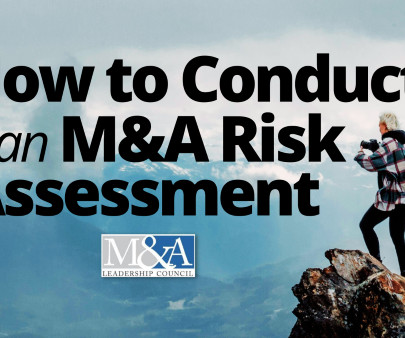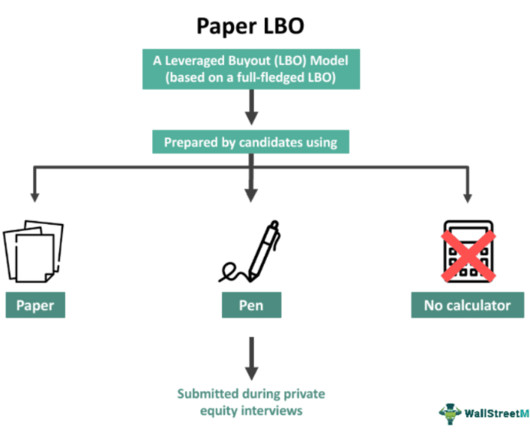How to Conduct an M&A Risk Assessment
M&A Leadership Council
JUNE 18, 2024
A Step-by-Step Guide By M&A Leadership Council An M&A risk assessment is a systematic evaluation process used to identify, analyze, and mitigate potential risks associated with a merger or acquisition. Steps in Conducting an M&A Risk Assessment 1. Assign roles and responsibilities to each team member.


















Let's personalize your content